ホーム → 文法 → DoJG main menu → 基本 → Basic Page 183
Suffix
| A noun forming suffix that indicates a way or a manner in which one does something. | A way of; a manner of; how to |
| 【Related Expression: 方法】 |
(ks). ケーキの作り方を教えて下さい。
Please show me how to make a cake.
| Vます | 方 | |
| 話し方 | Way/manner of speaking | |
| 食べ方 | Way/manner of eating |
(a). この漢字の書き方が分かりません。
I don't know how to write this kanji.
(b). あの人の歩き方は面白いですね。
His manner of walking is amusing, isn't it?
(c). 日本語の勉強の仕方を教えて下さい。
Please teach me how to study Japanese language.
1. Verbます+方 is in itself ambiguous, meaning either 'way' or 'manner'. Thus,
is ambiguous: it means either 'The way of drinking is important' or 'The manner in which one drinks is important'. The separate meanings become clearer in an extended context:
2. Sino-Japanese verbs such as 勉強する 'study', 電話する 'telephone', 料理する 'cook', 説明する, 'explain' and 相談する 'consult' need the particle の before 仕方 as in:
【Related Expression】
方 can be replaced by 方法 but only when 方 means 'a way of doing something'. 方法 roughly corresponds to the English word 'method'; it means a relatively complicated way of doing something. Example (c) can be rewritten as [1].
[1]